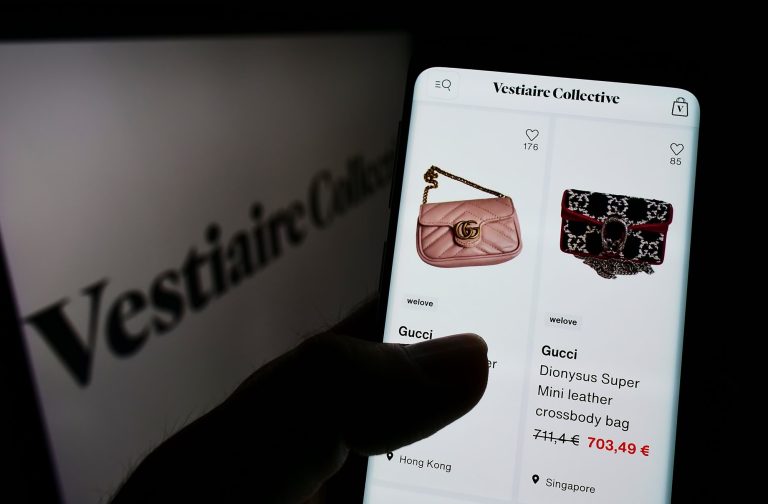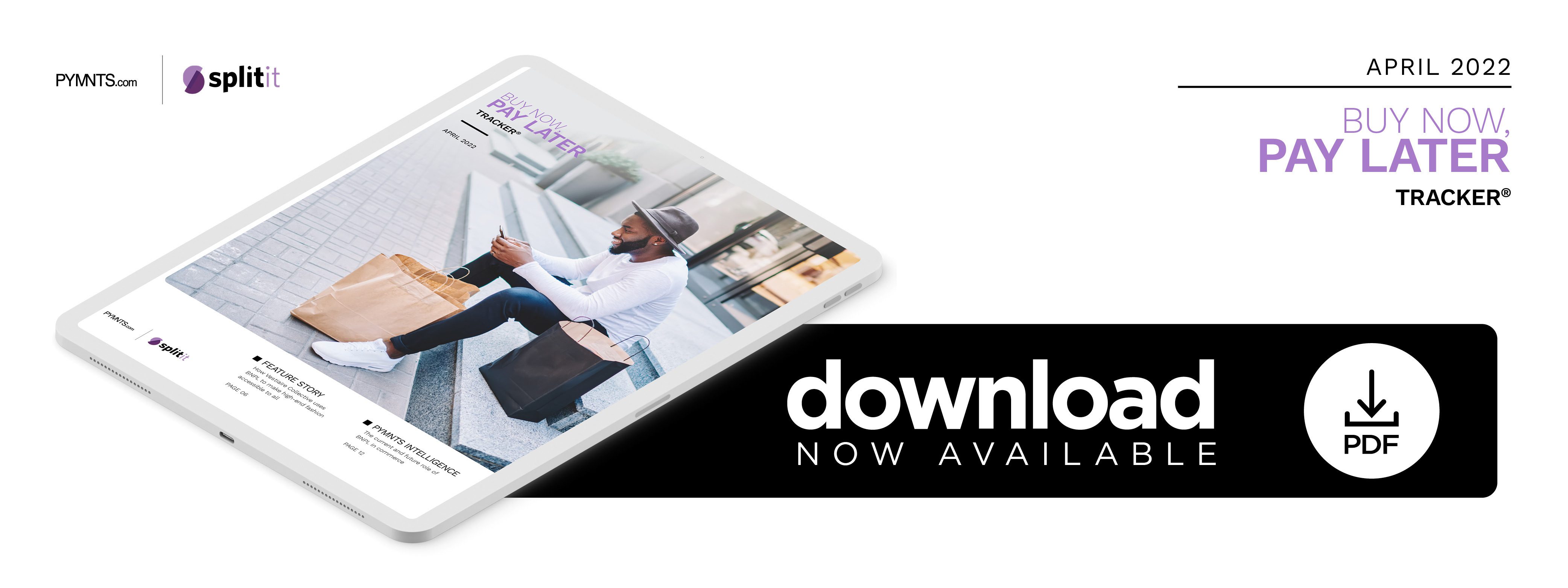How Vestiaire Collective Uses BNPL to Make High-End Fashion Accessible to All

Resale platforms and buy now, pay later (BNPL) options offer a sustainable way for discerning consumers to make upmarket purchases in a financially responsible way. In the “Buy Now, Pay Later Tracker,” Vestiaire Collective Head of Payments Pedro Bennasar explains how BNPL’s flexibility empowers consumers to enjoy their dream products and save the planet.
The global health crisis and resulting economic pressures have not stopped consumers from acquiring couture and high-end fashion.
As with many other markets, pre-owned fashion retailers have found success selling via online and mobile platforms and growing their global footprints through eCommerce marketplaces. Expanding reach around the world has also meant adopting various payment options, including buy now, pay later (BNPL). BNPL, a type of short-term financing that allows consumers to receive their items immediately and pay in installments, has become a popular option for consumers seeking flexibility when buying high-ticket items.
Enabling consumers to purchase luxury and couture fashion while living within their budgets is top priority for Paris-based Vestiaire Collective, a global online marketplace for selling and buying desirable pre-owned fashion items. Dedicated to transforming the fashion industry for a more sustainable future, the company promotes the circular fashion movement as an alternative to overproduction and overconsumption. Providing BNPL as a payment option has made luxury fashion more accessible, even in times of economic uncertainty.
“The pandemic caused widespread financial instability,” said Pedro Bennasar, head of payment for Vestiaire Collective. “This financial adversity, however, did not cause consumers to stop shopping but rather to seek financial flexibility to accommodate their existing spending habits. This [change] resulted in major increases in the use of BNPL services. Consumers could enjoy the satisfaction of purchase without the pain of a big down payment.”
BNPL helped expand Vestiaire Collective’s shopping environment to reach broader audiences and has also helped reduce checkout friction and cart abandonment.
“The boredom and financial strains caused by the pandemic set the scene for BNPL’s recent success,” Bennasar said. “BNPL is convenient and embedded in the checkout process. It encourages purchase, brings ease to the purchasing process and increases overall satisfaction. With regard to our brand, luxury purchases can come with a hefty price tag that might cause some hesitation for consumers. BNPL gives consumers the comfort and confidence to carry out their purchases.”
Effective Use of BNPL
The differences between BNPL services can be an advantage for merchants. Legacy BNPL providers may appeal to shoppers without established credit or those who want to avoid high interest rates, but they may also have installment terms and purchase limits that make them less appealing for luxury and high-ticket items.
Other providers leverage existing credit and can provide more flexibility for merchants. Merchants have the flexibility to offer anywhere from three to 24 interest-free installments, for example, and purchase size is limited only by the available credit on a shopper’s credit card.
“We can propose Splitit for high-value items, where we could not with other buy now, pay later solutions because they have a purchase limit,” Bennasar said. “And this is a benefit we want to keep exploring. For instance, we have enabled Splitit in the U.S. for transactions that are $8,000 or above. And we do see positive traction there.”
Despite Vestiaire Collective’s commitment to supporting BNPL as a payment option, the move entails both risks and rewards, according to Bennasar.
“BNPL has some costs — but the benefits definitely outweigh them,” he said. “Incorporating and accepting BNPL is a significant company expense. Overall, however, BNPL aligns with Vestiaire’s mission to make luxury [items] accessible for all and brings ease and pleasure to our consumer experience. After all, despite being a resale platform, Vestiaire is a luxury marketplace that seeks to provide an equivalent luxury experience, and what could be better than a transparent, low-cost payment plan?”
Bennasar also said that consumers could encounter some friction points when using BNPL methods at checkout. Some BNPL providers require end users to download the BNPL app and set up an account before using the payment method for purchases or put a temporary hold on funds from the shopper’s credit card, he said.
“While this process [of downloading an app or setting up an account] is not too tedious, it still requires the end user to upload proof of identity and choose another ‘unique’ password,” he said. “[This is] potentially easy for millennials or Gen Z, but certainly an obstacle for previous generations.”
He also noted that it is crucial to inform consumers beforehand of the pros and cons of each payment option as well as having dedicated FAQs and pop-ups to provide information and answer questions throughout the transaction process.
Bennasar also acknowledged that supporting BNPL has positively impacted sales and shows a commitment to providing customers with a seamless, stress-free shopping experience.
“BNPL allows our customers to buy their dream pieces without the pressure of a high price tag,” he said. “It creates a sense of trust between us and our members, something which is at the core of our business.”
Bennasar said he expects that BNPL will play a more significant role in Vestiaire Collective’s business model in the future in terms of scale and impact on customer experience. Because it provides consumers with greater payment flexibility, BNPL options drive recurring purchases on its marketplace.
“Since most of the BNPL providers were born digital, they are extremely adaptable to the influx of new needs that constantly arise in the eCommerce world, allowing them to remove a lot of issues,” he said. “BNPL is becoming more financially sustainable, removing late fees and focusing more on how [it] can provide greater flexibility to adapt to consumer needs.”
